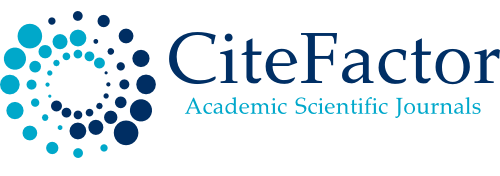Microbial Diversity in the Rhizosphere of Red Onion (Allium ascalonicum L.) Plants Applied with Eco Enzyme in Peatlands
Abstract
This research aims to determine the impact of eco enzyme application on microbial diversity in the rhizosphere of shallot plantations on peatlands. This research used descriptive techniques with a purposive sampling method, consisting of 4 treatments, namely control (without eco enzyme treatment) and 3 treatments of eco enzyme solution with doses (0.2 ml, 0.6 ml, and 1 ml/200 ml water) with 5 repetitions. The identification results showed that there were 65 microbial isolates, of which 28 fungus isolates consisted of 9 fungal genera, namely Trichoderma spp., Penicillium sp., Acremonium sp., Mortierella spp., Humicola sp., Fusarium spp., Aspergillus sp., Culvularia sp. , Pythium spp. and 37 bacterial isolates consisting of 29 gram-positive bacterial isolates and 8 gram-negative bacterial isolates. The results of the research show that the application of eco enzyme has an impact on microbial diversity in the rhizosphere of shallot plantings on peatlands. The diversity of microbial types ranges from 0.9 – 1.4, including in the low – medium category. The richness of microbial species ranges from 0.9 – 1.7, which is included in the low category. The evenness of microbial types ranges between 0.8 – 1.0, including the low category, and the dominance index ranges between 0.3 – 0.5, including the none dominate category.






